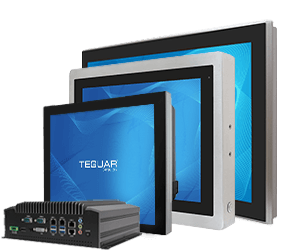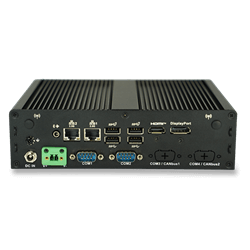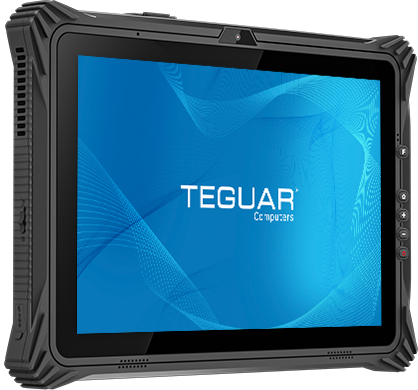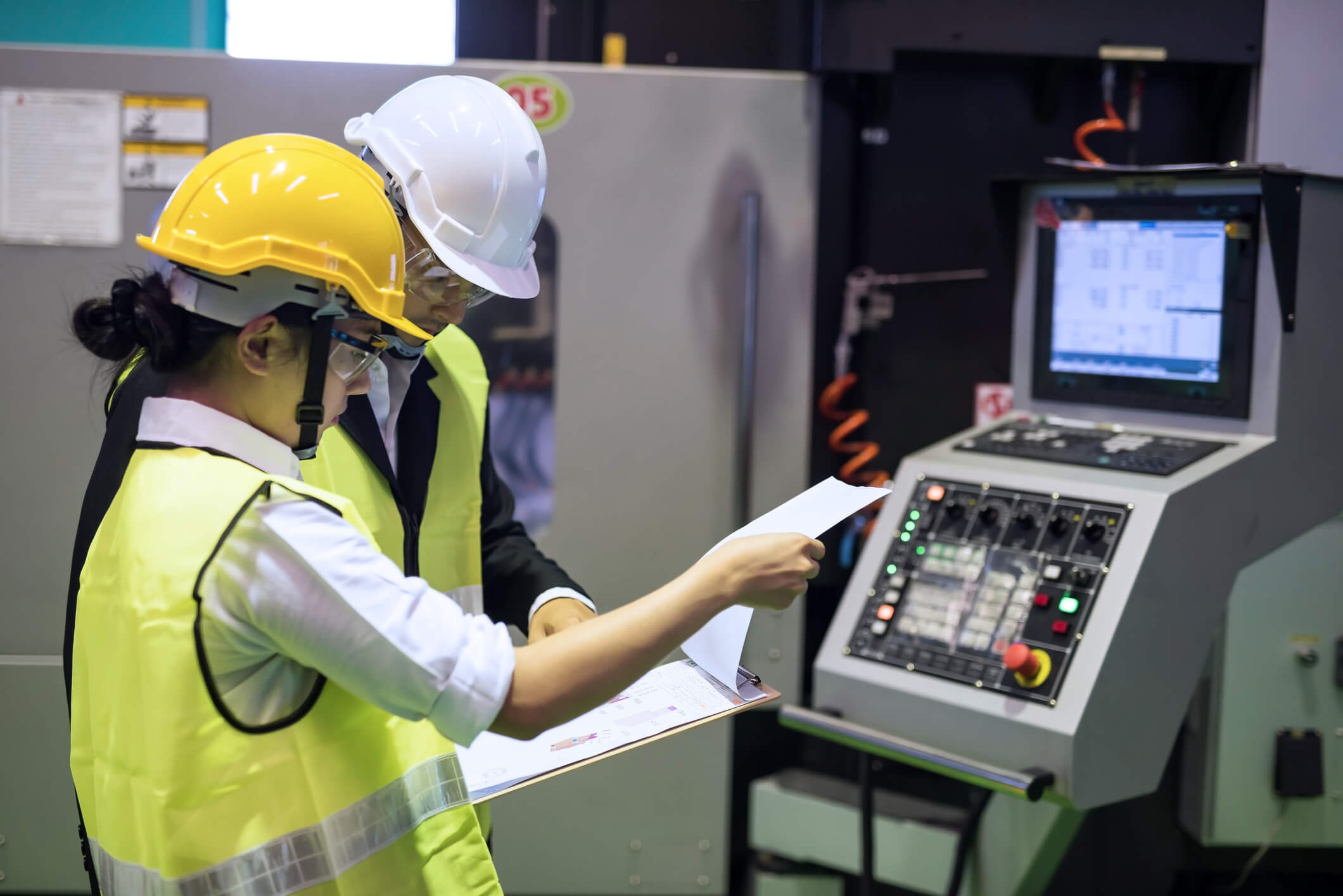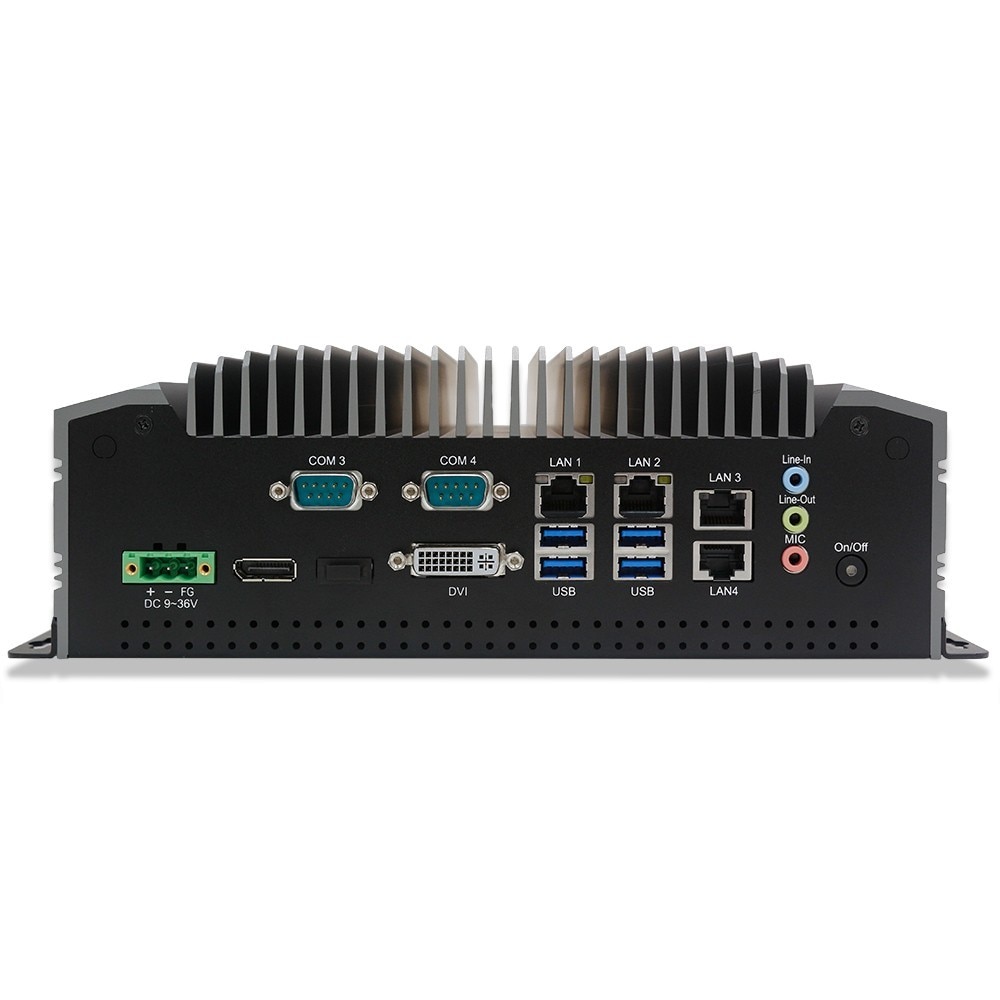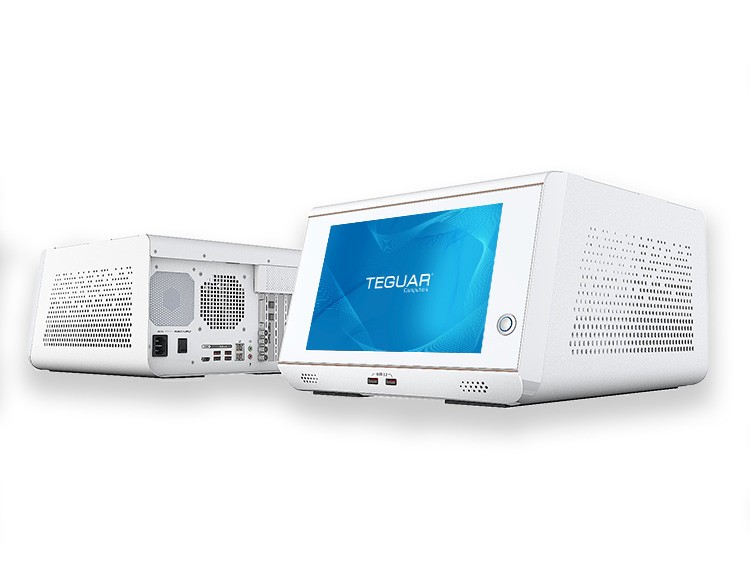Top 3 Industrial Panel PC Screen Sizes
In the unforgiving world of industrial automation, the Human-Machine Interface (HMI) is more than just a screen; it’s the critical link between complex machinery and the operator. It’s where data is visualized, commands are issued, and crucially, where production efficiency is won or lost. Unlike consumer displays, industrial panel PCs are all-in-one, ruggedized computers designed to withstand dust, vibration, and temperature extremes. But when it comes to selecting the perfect tool for the job, size matters. Industrial companies overwhelmingly favors three particular screen sizes, each preferred for distinct environments and operational needs.
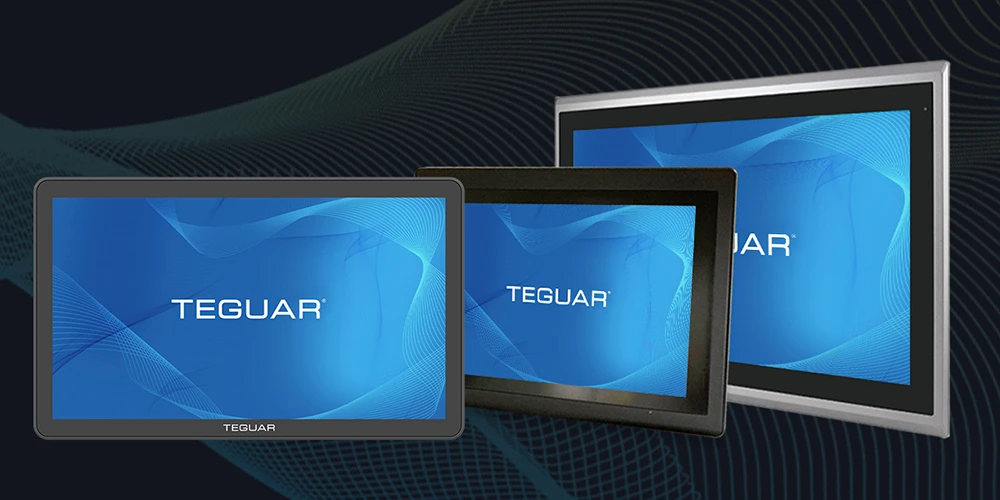
The Compact Workhorse: 10.1 Panel PCs
Why the smaller footprint? The 10.1-inch panel pc is the best choice for environments where space is a premium. Think embedded systems, small-scale machinery controls, or mobile applications like forklifts and logistics vehicles. They are the definition of efficiency, providing just enough visual real estate for essential tasks.
The preferred environments for these smaller units include Automated Guided Vehicles (AGVs), small-machine control panels, tight factory floor mounting areas, and inventory management terminals. Their compact size allows for easy panel mounting on smaller equipment or in control cabinets where every inch is precious. Operators typically stand very close to these units, using them for quick checks or simple input like starting a batch or acknowledging an alarm. What’s the biggest benefit here? Minimal screen clutter and the ability to maintain a streamlined, compact system design.
The Industry Standard: 15-inch Panel PCs
Step up in size, and you find the long-standing champion: the 15-inch industrial panel PC. This size has become a de facto standard across a vast array of manufacturing and processing applications. It strikes the ideal balance between screen real estate for viewing complex data and physical size for integration.
The 15-inch display finds its preferred environment in manufacturing line control (SCADA/HMI), food and beverage processing plants, pharmaceutical facilities, and industrial kitchens. The reason they are preferred is clear: this display offers enough screen space to comfortably view more detailed graphical user interfaces, including flow diagrams, complex recipes, and multiple data points simultaneously. For applications requiring a mix of supervisory control and detailed data entry, the 15-inch hits the sweet spot. It’s large enough for operators to easily use a touch interface, even while wearing gloves, yet it remains small enough to fit conveniently into most standard control cabinet cutouts. Its 4:3 or 5:4 aspect ratio (a common industrial standard) often works perfectly with legacy control systems, making it a reliable choice for upgrades.
The Data Visualizer: 21.5-inch Panel PCs
Finally, we arrive at the larger class, typified by the 21.5-inch widescreen panel pc display. These are the showpieces, often representing the main control station or a data visualization hub. Why go this large? Because sometimes, the whole picture is what’s needed.
Their preferred environment includes central control rooms, detailed quality inspection stations, large-scale assembly line overview displays, and complex monitoring systems (like in utilities or chemical plants). They offer a Full HD (1920×1080) resolution which is essential for displaying high-detail visual information, like intricate system schematics, multiple video feeds, or extensive trend data over time. The large size ensures high readability from a greater distance, allowing multiple team members to view the same information without crowding the interface. These screens support richer, more intuitive Human-Machine Interfaces, moving beyond simple buttons to complex, visually immersive dashboards crucial for Industry 4.0 applications.
Ultimately, the right choice in an industrial panel PC screen size is a decision dictated by the application and the distance of the operator. Whether you need the compact efficiency of a 10-inch unit or the broad overview of a 21.5-inch model, the industrial market has refined these three sizes to meet the core demands of modern automation.


